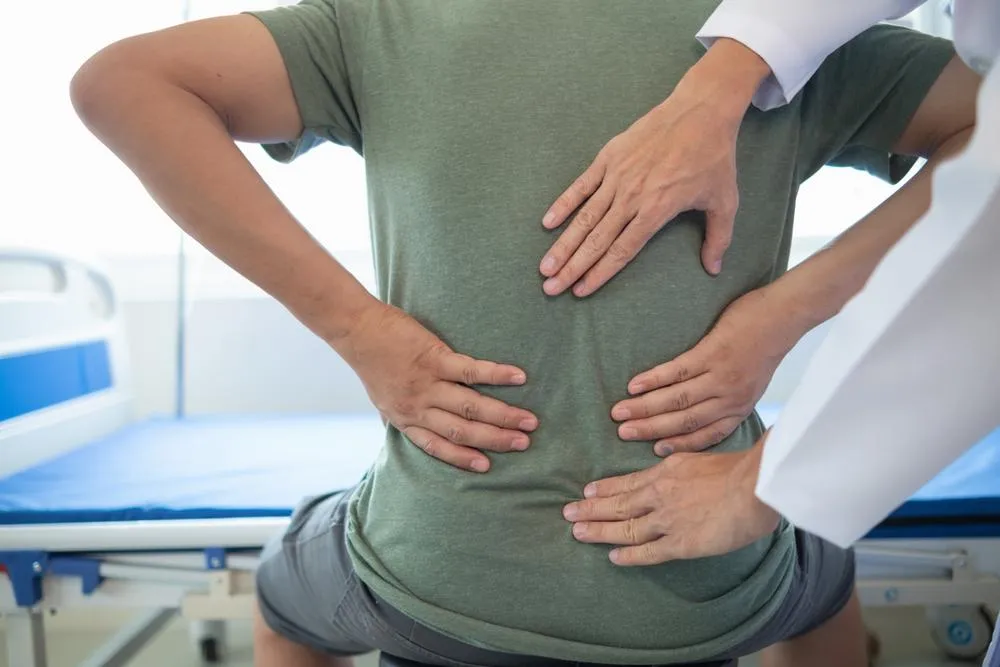
How Shockwave Therapy is Changing Muscle Recovery for Active Adults
Soreness after a tough workout is familiar to anyone who pushes their limits. But for many active adults, what begins as mild stiffness can progress into chronic pain or limited movement if the body isn’t given the right tools to heal. Rest is often the default approach, but rest alone doesn’t ensure true muscle recovery. Modern science now shows that proactive recovery methods like shockwave therapy can make the difference between temporary relief and long-term performance.
Why Rest Alone Isn’t Enough for Muscle Recovery
Muscle fibers naturally tear and rebuild with every workout. This process strengthens the body, but it also causes inflammation, tightness, and discomfort. When the only response is to rest, the body’s circulation slows, oxygen delivery decreases, and waste byproducts build up in the muscles. The result? Recovery takes longer, and the risk of reinjury increases.
True recovery requires more than just downtime. It involves activating blood flow and supporting tissue repair. Stretching, hydration, massage, and active movement all help, but technologies like shockwave therapy can stimulate deeper healing that rest alone cannot achieve.
How Shockwave Therapy Supports Muscle Recovery
Shockwave therapy, or extracorporeal shockwave therapy (ESWT), uses controlled acoustic sound waves to target damaged tissue. These waves penetrate the muscle, stimulating cells to regenerate and increasing local blood flow. Over time, this helps reduce inflammation, break down scar tissue, and restore normal muscle function.

Shockwave therapy enhances recovery by:
Improving circulation and oxygen delivery to tissues
Reducing inflammation and tension
Encouraging collagen production for stronger muscle fibers
Restoring normal movement patterns
This method is especially effective for athletes who experience repetitive stress injuries, muscle knots, or tendon pain. For example, many patients experience noticeable relief from conditions like golfer’s elbow or tennis elbow after shockwave therapy. The therapy’s ability to trigger natural healing responses without surgery or medication has made it a popular choice for long-term muscle recovery.
The Science Behind Active Muscle Recovery
The most effective recovery programs don’t just address pain. They optimize how the body heals. Active recovery strategies, such as low-intensity exercise and mobility work, help maintain blood flow and muscle elasticity. When combined with regenerative technologies like shockwave therapy, recovery becomes faster and more complete.
For individuals managing joint or tendon pain, these methods also complement non-surgical options for joint pain relief, such as red light therapy or spinal decompression. The key principle is to keep the body moving and repairing simultaneously, rather than waiting for pain to subside before resuming activity.
Integrating Chiropractic Care with Modern Therapies
The musculoskeletal system functions as a single, interconnected unit. A shoulder issue may originate from spinal misalignment, while recurring knee pain could be linked to hip imbalances. Chiropractic care works to restore structural harmony, ensuring that muscles, joints, and ligaments perform efficiently during training and recovery.
Combining chiropractic adjustments with therapies that enhance circulation and tissue repair provides a holistic recovery framework. A chiropractic recovery plan can help correct underlying misalignments, while regenerative modalities address inflammation and damaged tissues at the cellular level. Together, they help restore balance, prevent compensation injuries, and accelerate muscle recovery after intense physical activity.
Supporting Recovery Through Nutrition and Inflammation Control
Nutrition plays an underrated role in recovery. Muscle repair depends on proteins, micronutrients, and adequate hydration to fuel cellular regeneration. Diets rich in antioxidants and anti-inflammatory foods, such as berries, leafy greens, fish, and olive oil, can reduce swelling and oxidative stress that delay recovery.

Hydration is equally vital. Muscles are mostly water, and even mild dehydration can reduce flexibility and slow nutrient transport. Proper sleep further enhances recovery by promoting the release of growth hormones that repair tissues overnight.
Pairing these lifestyle factors with regenerative treatments for joint pain creates a more complete and sustainable recovery system. Healing isn’t just about eliminating pain, but about helping the body rebuild stronger and more resilient than before.
When to Seek Professional Help
Occasional soreness is normal, but persistent pain that limits mobility should never be ignored. Continuing to train through discomfort can lead to more serious conditions such as tendonitis, muscle tears, or chronic inflammation. If rest, stretching, and self-care strategies don’t resolve pain within a week or two, consulting a professional is the best next step.
Modern clinics now combine manual therapy, movement correction, and regenerative medicine to help patients heal effectively. This multidisciplinary approach provides both short-term relief and long-term restoration of strength and mobility.
Recover Smarter, Move Better
At Optimal Health Members, we believe that recovery is an essential part of performance and not an afterthought. Our chiropractic recovery plan integrates advanced technologies like SoftWave, an FDA-cleared form of shockwave therapy, with expert chiropractic care and nutritional guidance.
For those who want to stay active while avoiding long-term damage, we also provide non-surgical options for joint pain relief through customized care plans that support healing from the inside out.
Whether you’re recovering from an injury or trying to improve your post-training recovery time, our sports injury treatment program is designed to help you heal efficiently and naturally. Book a session today.